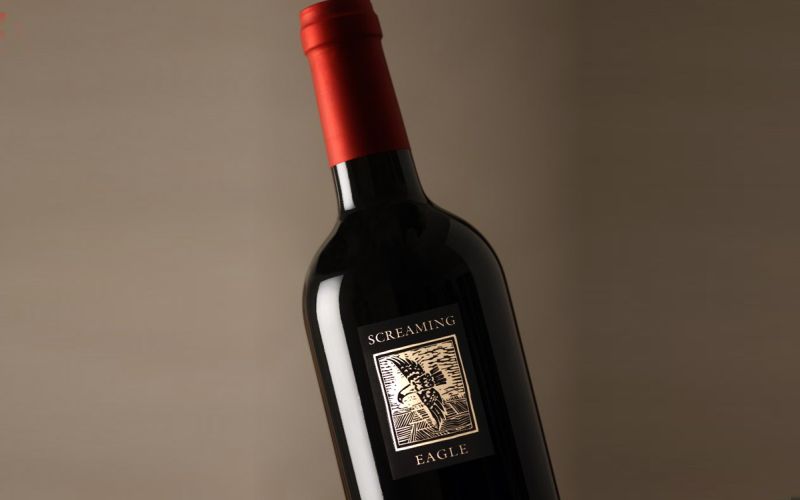Image by maja7777 from Pixabay
As we dive headfirst into the trifecta of seemingly urgent and unsolvable problems of Climate Change, Overpopulation and Food Scarcity, let’s take a look at the problem of food scarcity, and how synthetic or cultured food companies are tackling that issue.
When we talk about cultured food in this article, I’m referring to lab-grown, cellular based food companies.
How much land is used for agriculture?
First of all, let’s take a step back and look at why we need to solve for this urgently. Based on scientific projections, we’re looking at a human population of 9.7 billion people milling about Earth by 2050. This is a whopping ~25% increase from the current 7.8 billion people in 2020.
Not taking into account that with climate change and rising tides, we might be looking at lesser usable land over time, let’s now take a look at current land use.

Looking at the chart above, half of all habitable land (of which in itself, is only 71% of land on Earth, which in turn is 29% of Earth) is currently dedicated to agriculture.
As humanity grows, we’ll need more and more of that land. As humanity grows, we’ll also need more and more resources for food. See how those two prior sentences are not compatible at all?
The future of meat is cultured meat
There are already a number of companies involved in this space, and we’re likely to see this increase over time. There are several factors for this.
- Innovation and advancements in the cellular agriculture industry has made it more scalable for companies to be involved in the space.
- It is solving for a huge inefficiency in existing agricultural infrastructure, in terms of resources, yield and land-use.
- Animal welfare and sustainability groups have raised awareness, and generally more people are becoming more discerning with their lifestyle choices and demanding a more responsible way of living.
Some of the leading companies in the space are Memphis Meats (US), MosaMeat (Netherlands), and from our very own shores in Sunny Singapore, Shiok Meats!
Shiok Meats
Shiok Meats is looking to tackle the seafood front, and have already successfully created Siew Mai (Shrimp Dumplings) from their lab! They are still currently in their R&D phase, but will aggressively look to commercialise over the next few years.
Shiok Meats raised 4.6M in funding in 2019 in their seed round, backed by Y Combinator, Big Idea Ventures and Henry Soesanto, CEO of Monde Nissin Corp.
Shiok Meats was founded by a pair of stem cell scientists, Sandhya Sriram (CEO) and Ka Yi Ling (CTO). I’ll definitely be keeping an eye out for news of them in the future, and looking forward to saying “no shrimps were harmed in the eating of this meal!”
Endless West – Synthetic wine and spirits maker
Similar to how much farm land is required for livestock, wines are also very land-heavy. Not only that, the quality of each year’s harvest is highly dependent on weather conditions and rainfall that vinyard owners and wine makers have zero control over.

Enter Endless West, makers of molecular spirits. They currently have 3 products launched.
Gemello
Gemello, modeled after moscato, is the world’s first molecular wine. It contains 0 grapes, 0 pesticides and sulfites, and it requires 95% less water and 80% less land to create, compared with traditional winemaking methods.
It is made entirely from flavour and aroma molecules, and contains 6% alcohol.
Kazoku
Along with grapeless wine, we now have riceless sake. Introducing the world’s first molecular sake, Kazoku. It features hints of green apple skin, peach pit, rosewater. Crisp, delicately balanced, and lightly sweet, it rounds out with a savory finish and contains 16% alcohol.
Glyph
Actually their first product made, Glyph is their molecular version of a Whiskey.
Aside from the obvious efficiency in use of land, water and time (don’t forget they need to be significantly aged) to recreate these spirits, another cool use-case is the ability to replicate the taste of award winning wines of the past. They can recreate that awesome taste for a much lower price point to cater to the masses, while the super rich can still fork out millions and bask in the fact that they have the real stuff hidden in their basement cellar, undrunk.
For instance, if you want to buy a bottle of 1992 Screaming Eagle Cabernet Sauvignon, based on google searches, that’s going to set you back anywhere between S$8,000 – S$40,000.

Harvest for that year was apparently absolutely amazing. Coupled with the fact that Screaming Eagle is a very small vineyard out of Napa Valley, with only roughly an annual output of 400 cases, has gotten them global cult status as winemakers.
Fun fact #1: In 2000, a 6 litre bottle of the Cabernet Sauvignon 1992 was auctioned off for charity for a whopping US$500,000.
Fun fact #2: Screaming Eagle is owned by billionaire Stan Kroenke, who also owns my favourtie soccer team, Arsenal.
Reminder: When I’m rich, I need to get me a bottle of the 1992 Screaming Eagle to sip while watching Arsenal do another Invincibles season. What? One can dream, right?
So, what do you think about cell based food and molecular cocktails?
